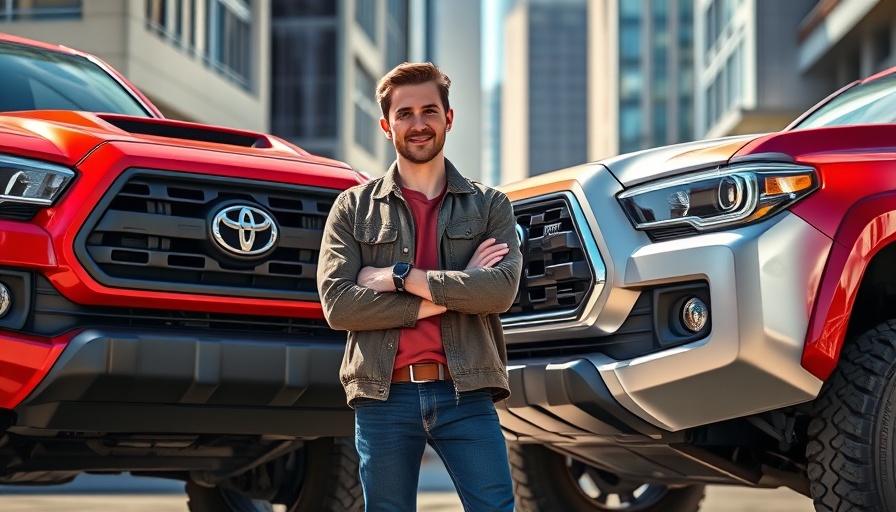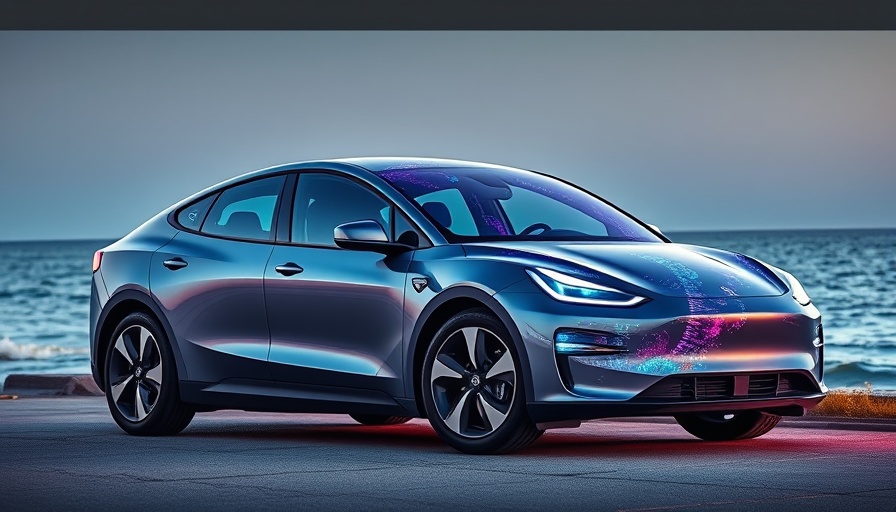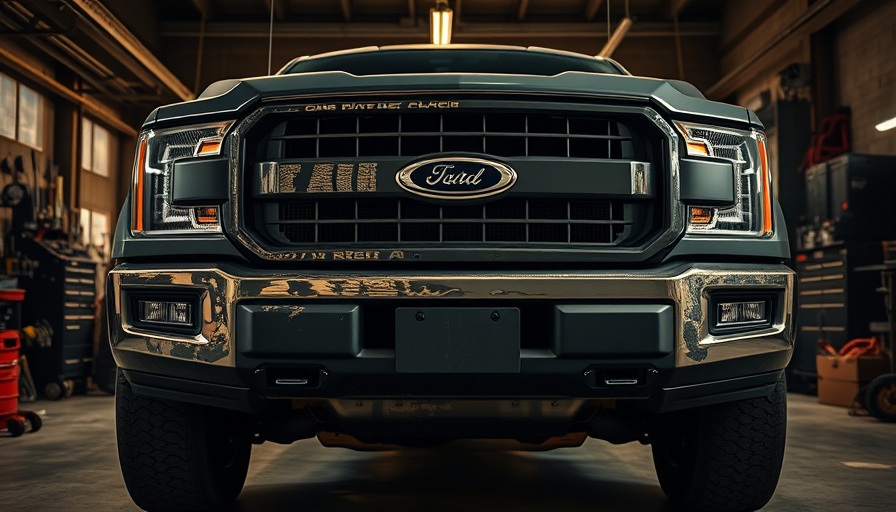
Discovering the Truth Behind $21K and $45K Tacomas: A Real-World Comparison
A few years ago, we embarked on an intriguing experiment by building two identical Toyota Tacomas, one with budget-friendly parts and the other with premium components. After four years of relentless daily use, we are ready to reveal the findings of this long-term test.
In $21K vs $45K Tacomas - Long Term Results, we explore the differences and similarities between these two builds, paving the way for insightful analysis on what makes an off-road vehicle truly worthwhile.
The Weight Debate: Impact of Heavy Equipment
One of the first major insights into our tests came from examining the bumpers on both Tacomas. The higher-end Tacoma featured a robust ARB bumper system, which, although aesthetically impressive, proved to be somewhat problematic on the road. Weighing nearly 200 pounds, the bumper not only affected fuel efficiency but also diminished approach angles, making off-road maneuvers more challenging.
In today’s off-roading landscape, lighter and more strategically designed bumpers offer better functionality without compromising performance. Thus, we would reconsider such heavy-duty elements if starting from scratch today.
Armor Matters: Side Sliders vs. Everyday Functionality
The heavy-duty side sliders on the high-end Tacoma proved invaluable during off-roading adventures, showcasing their effectiveness against obstacles like rocks and trees. These welded sliders provided essential protection, a factor the budget Tacoma sorely missed due to a lack of similar equipment.
However, it seems there’s always a trade-off. The comfort level of the side steps on the budget version was notably higher, proving to be easier for daily access, which could be a significant consideration for first-time buyers or families choosing a vehicle.
Red Flags: Issues Arising from Over-Engineering
While heavier armor offered protection, it also created challenges. For instance, the locking differentials on the higher-end Tacoma exhibited impressive control, featuring air-powered engagement systems that made navigating tricky trails a breeze. However, the complexity of these systems invites potential reliability issues that budget models avoided.
In today’s vehicle enhancements, the temptation for add-ons often comes with a price—if overly engineered systems fail to perform, they can lead to expensive repairs and headaches for owners.
Under-the-Hood Insights: Engines & Reliability
Both Tacomas are equipped with 3.4L V6 engines. While power is adequate for daily driving, potential buyers often seek reliability as a top priority. From our experience, the engines performed flawlessly throughout the duration of our tests, showcasing Toyota’s legendary reliability.
When determining the best value for prospective buyers, it’s important to note that seeking out vehicles with proved reliability ratings can save money in the long run, especially in light of our findings.
Evolution of Off-Road Accessories: What’s New?
The off-roading market has transformed significantly in recent years. Accessories that once offered premium pricing without demonstrated value are being replaced by more innovative and budget-friendly options. For example, the market is now flooded with light bars and roof racks that cater to both style and functionality.
For first-time buyers interested in venturing into off-roading, researching the most current trends and accessories will ensure that you are making investments that will serve you well beyond the initial purchase.
Creating a Balanced Approach for First-Time Buyers
What does all this mean for you as a potential Tacoma buyer? For those entering the car market in 2024 or beyond, this reveal underscores the importance of understanding the balance between performance, comfort, and cost.
We advise potential buyers to conduct in-depth research using available car comparison tools, to assess car reliability ratings, and to utilize buying guides to navigate through options that align with their lifestyle needs.
Conclusion: Navigating the Tacoma Market
As we round out our findings, it’s evident that both Tacomas have their strengths and weaknesses. Understanding the trade-offs associated with luxury versus budget options will empower buyers to make informed decisions. Whether you’re aiming for rugged performance or everyday utility, choosing the right equipment and accessories will ultimately define your Tacoma experience.
Ultimately, prospective buyers should actively participate in the automotive landscape and ensure their decisions align with their driving aspirations. Equip yourself with knowledge from our insights and step confidently into the automotive market.
For those embarking on this journey, check out our extensive car buying guide and stay tuned as we unveil more insights into the world of off-road vehicles.
 Add Row
Add Row  Add
Add 




Write A Comment